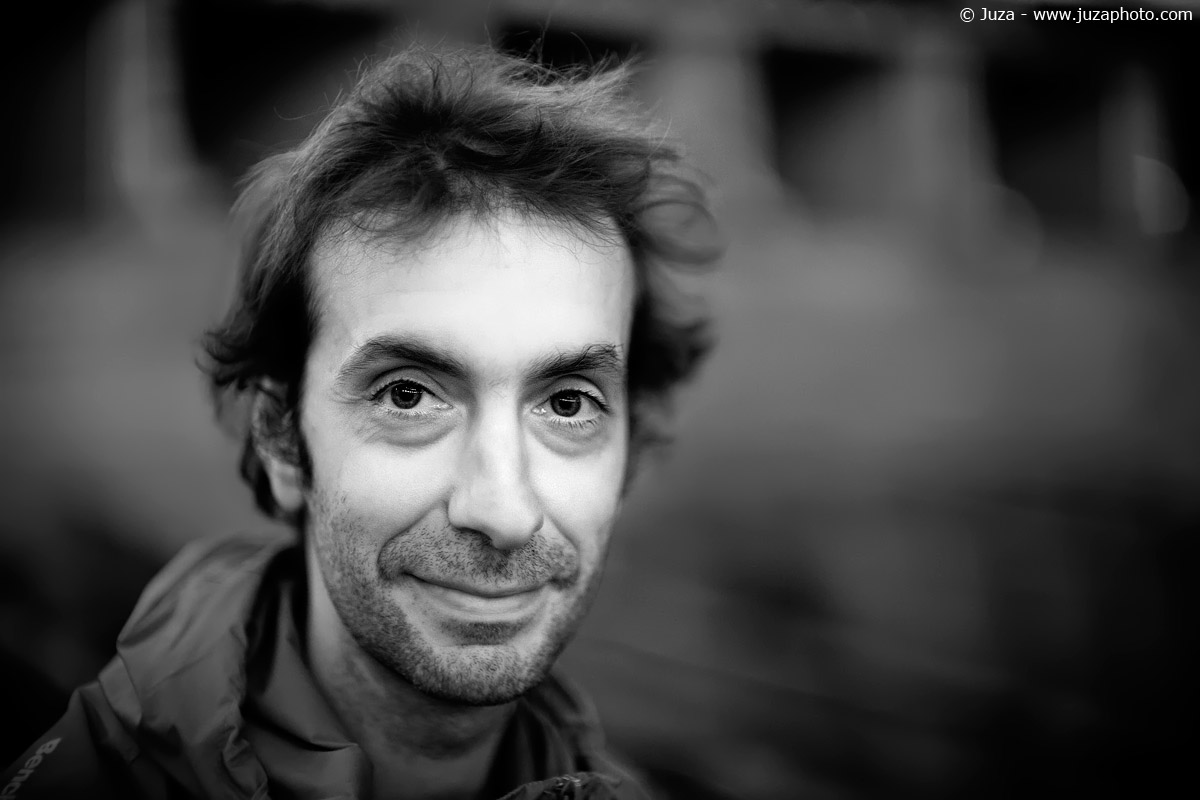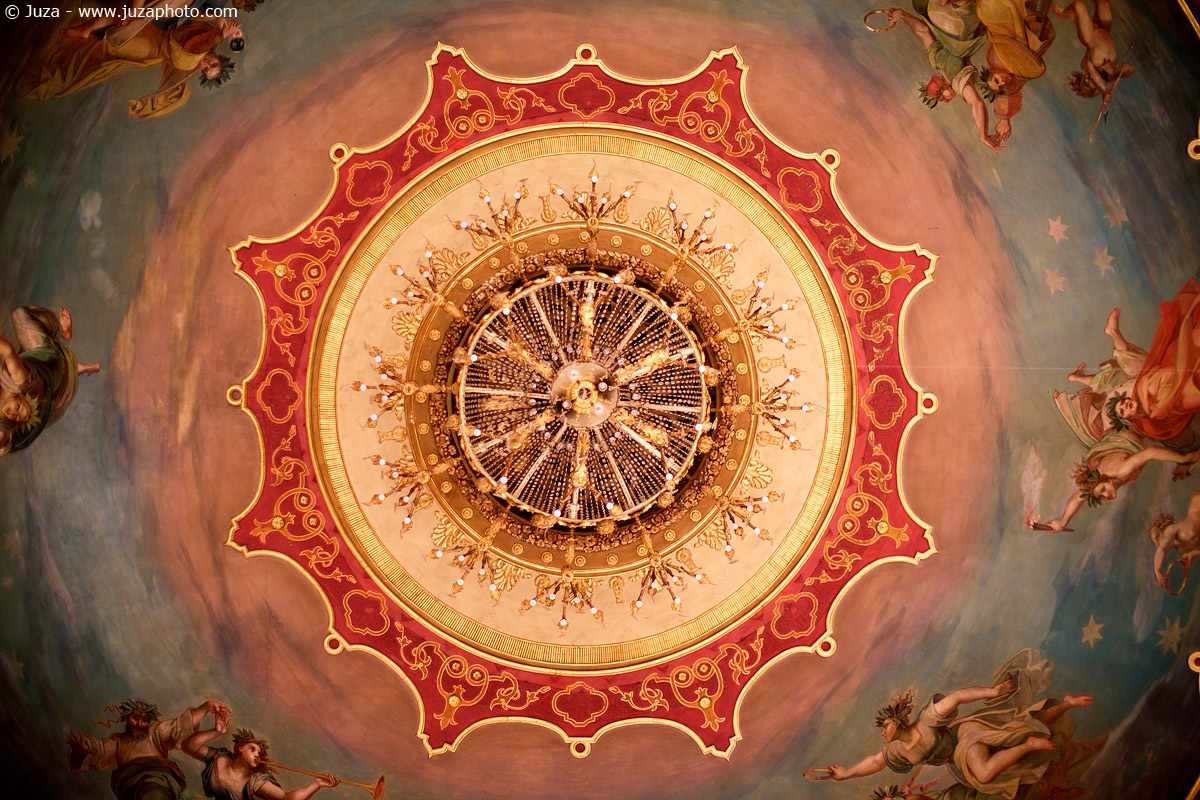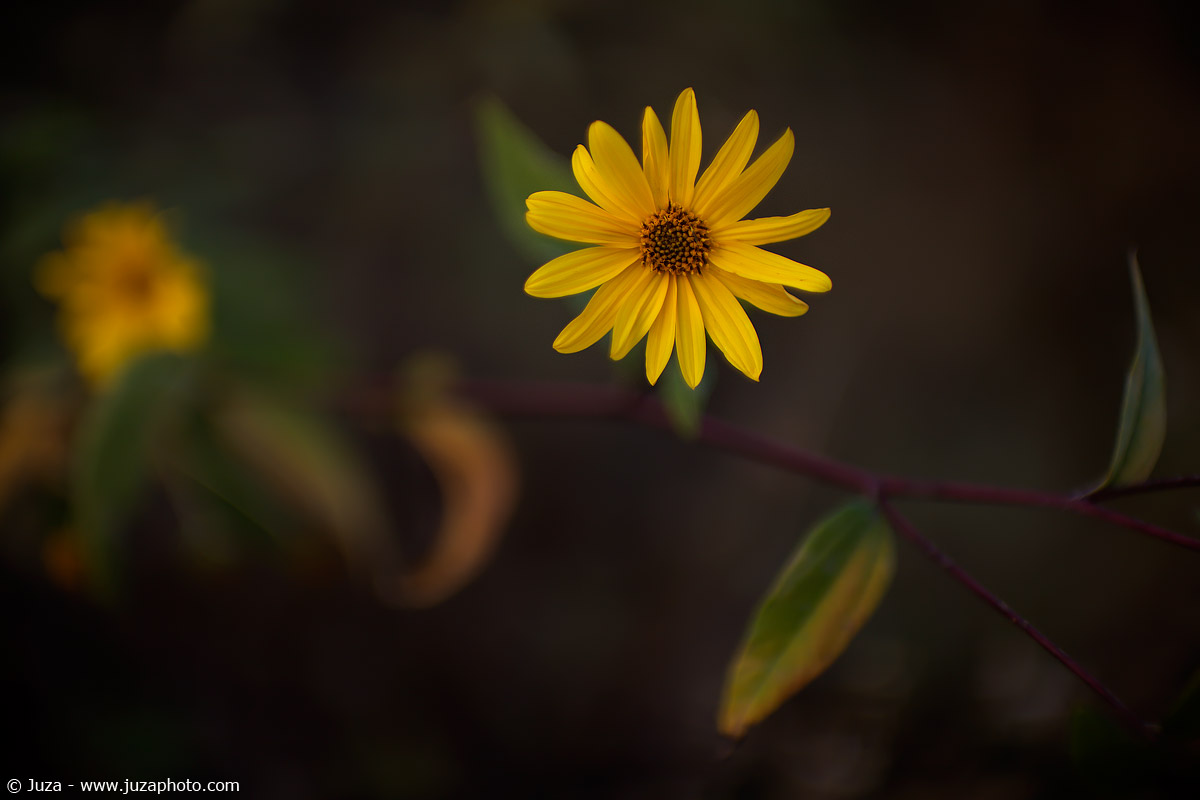In 2009, I reviewed the rare Canon 50mm f/1.0 L USM (
click here for the review): this is the brightest lens you can buy in the Canon lineup. It was discontinued in 2002, but it is still possible to find it used, at much higher prices than new. In the first review, I evaluated its image quality and I did an in-depth comparison with the almost as extreme 85mm f/1.2.
In spite of the poor image quality (it is much worse than 85 f/1.2 and 50 f/1.2), the 50 f/1.0 is a truly fascinating lens, so I asked it again to my friend Sandro for a more in-depth testing: this time, I have not done studio comparisons, but I have tried it on the field for three weeks, in order to evaluate its real quality and usefulness.
An huge 50mm lens
After mounting the 50mm on the 1Ds MarkIII, you realize how big and heavy it is. The combo weights almost 2.5 kg: it is not the classic walk-around lens. Another thing that I quickly notices is how difficult is to focus. It is not possible to thrust the viewfinder: in spite of the f/1.0 aperture, the viewfinder always shows a depth of field equivalent to about f/4, so the area that is in focus is actually much shallower than what you see through the viewfinder. Other than that, the autofocus is relatively show and unreliable, due to the old AF motor and the very thin depth of field: at f/1.0, even a small focus error is enough to give a completely out of focus image.
Live View is the best way to get reliable results: in LV, you see the actual depth of field of the lens, and you can do a very precise manual focus thanks to the 10x magnification. Of course, during the testing I have always used the lens at f/1.0: it is the only meaning of life of this lens. If you don't plan to use it at f/1.0 the majority of times, the more recent 50mm f/1.2 is a way better choice.
What is it for?
Portraits may seem the logical answer, but in practice shooting at f/1.0 gives almost always in unpleasing results. The depth of field is simply too shallow for portraits; a 135mm f/2.0 is a better choice. Instead, it works well for half-length or full-length shots, creative still life photos (as far as the subject is not too small), some kinds of reportage and for any photo where you want to achieve selective focus.
Due to the poor autofocus, it is not too good for moving subjects, while if you have more time to frame the photo and to focus carefully it can give great results. It is truly impressive to see how it abstracts the subject from the surrounding environment.
50 f/1.0 and post processing
The 50mm requires some special care during post processing. The first thing I do is to increase the contrast using levels: at f/1.0, this lens really lacks of contrast. Many times I apply some more contrast with curves, too: it helps to give a more "3D" look to the images and it makes the colors more vibrant. Another peculiarity of this lens is strong vignetting, but in this case I don't consider necessary to correct it. Actually, in the majority of photos taken with the 50 f/1.0 I have increased with Photoshop the already strong vignetting, to focus the attention of the viewer towards the center of the image and to create a kind of "frame" for the subject.
Sometimes, I have applied a "soft focus" effect on some parts of the image. To create this effect, duplicate the image on two layers and apply a very strong contrast (with Levels) to the upper copy. Don't worry if some areas of the image became 100% black or 100% white; at this step it is OK to clip part of the histogram. Apply Gaussian Blur (radius 20 pixels) on the entire image and reduce the opacity of the layer to 10-15%. The result is a photo with enhanced colors and contrast and a "dreamy" look. Usually, I exclude some areas of the image from this effect: in particular, the eyes or other areas of fine detail looks better without this kind of "enhancement".
Canon 1Ds MarkIII, Canon 50mm f/1.0 L USM, 1/60 f/1.0, ISO 800, handheld. Parma, Italy. (click here to download full size)
When I create a copy of the image for the web or for printing, I apply some Smart Sharpen using the techniques described in the "Post Processing" section of the articles. The sharpening helps to make the detail a little better looking, in particular on the web, but overall the sharpness of the images taken with this lens is always relatively poor; for comparison, the $90 Canon 18-55 f/3.5-5.6 is way sharper. Of course, with the 50mm f/1.0 what really matters is the artistic result: in this case, sharpness is secondary.
More samples!
The following photos are all taken with the Canon 50mm f/1.0, mounted on my old 1DsIII. All photos had been taken wide-open at f/1.0 and they have been processed with Photoshop CS5. You can download the full size version to evaluate the results you can get with the 50 f/1.0 and good post processing.







 JuzaPhoto contains affiliate links from Amazon and Ebay and JuzaPhoto earn a commission in case of purchase through affiliate links.
JuzaPhoto contains affiliate links from Amazon and Ebay and JuzaPhoto earn a commission in case of purchase through affiliate links.